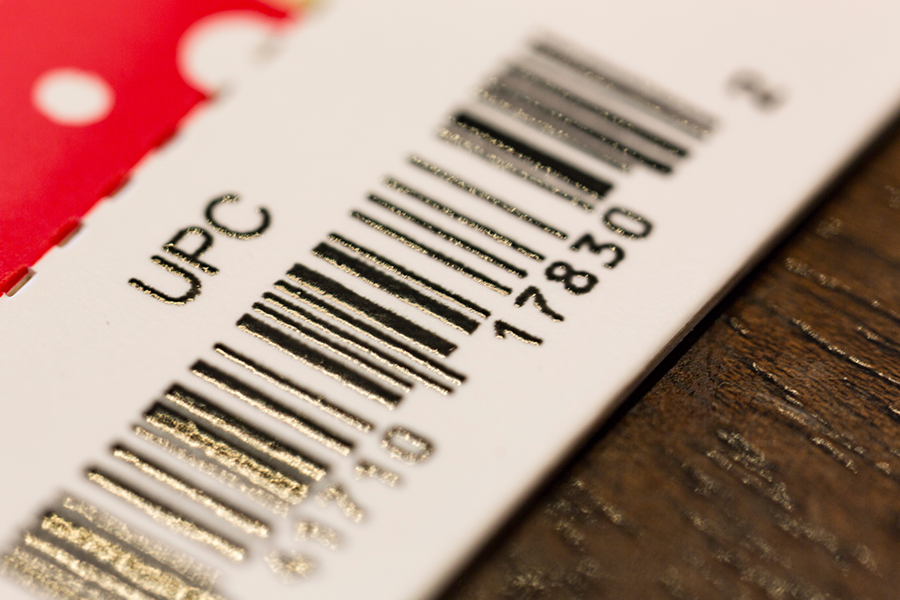University
GTIN (Global Trade Item Numbers)

Global Trade Item Numbers (GTIN) are among several numbers that are used to identify each and every product sold on Amazon. It is a universal identifier that is found on the product’s cover or packaging, either above or below the bar code.
Common GTINs
Several different kinds of item numbers are used internationally and universally, in accord with different industries’ standards.
- Universal Product Codes (UPC) – 12 digits
- International Standard Book Numbers (ISBN) – 10 or 13 digits
- European Article Numbers (EAN) – 13 digits
- Japanese Article Numbers (JAN) – 13 digits
- Global Trade Item Numbers (GTIN-14) – 14 digits
History
GTINs are the creation and responsibility of GS1, the international, not-for-profit organization responsible for designing and implementing global standards. Among other standards, GS1 provides the bar codes (with numbers) for products across several industries, and then enables the sharing of that data among many parties.
Specifics
Because GTINs are both unique and universal, they are particularly valuable in determining how one product appears in two different databases, even in different organizations or different countries. The dominant GTIN in North America, for example, has been the Universal Product Code (UPC) since the 1970s, while the European Article Numbers (EAN) are primarily used outside of North America. UPCs may be turned into EANs by adding a “zero” (0) as a prefix to the UPC. The standard unique identifier used for books was once a 10-digit ISBN. In accord with the international GTINs, however, ISBNs were increased to 13-digits, most often with a prefix of 978.